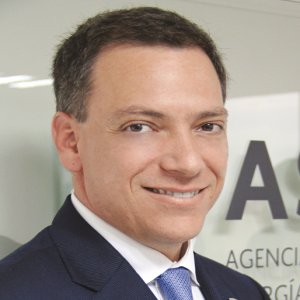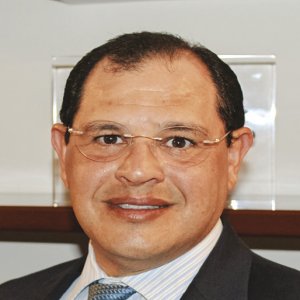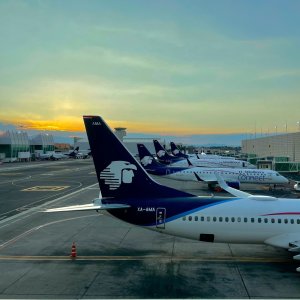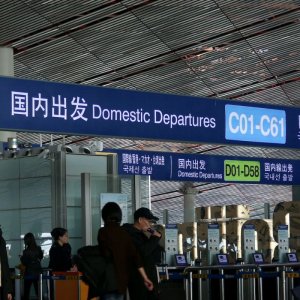Boosting Mexico's Tourism Potential

STORY INLINE POST
Q: What can be done to boost tourism investment in Mexico?
A: To drive investment, it is necessary to establish an attractive institutional framework on issues such as regulation, security, environment and fiscal policy. We need investment in basic infrastructure from the public and private sectors, as well as policies to promote destinations and ensure a permanent flow of investment from lodging, transportation and entertainment companies. Investments can be increased by creating added value in the tourist experience, such as an attractive gastronomic offer, guided tours, cultural and sports activities or theme parks. Value can be added to any type of tourism: business, health or meetings and conventions. Today, travelers are more interested in having in-depth knowledge about their destinations and not just spending time inside a hotel, and we must be prepared to take advantage of this trend.
Q: What are the main challenges facing the development of the tourism industry in Mexico?
A: The tourism industry in Mexico is so large and diverse that the challenges are different depending on the location. However, the main challenge is to remain attractive in a changing world with an increasing number of competitors. To achieve this, some elements are necessary: an innovative attitude to introduce the products tourists seek, infrastructure that allows us to receive tourists with demanding and diverse objectives and more destinations to provide more options and generate benefits for more Mexicans. All these elements will help build a robust and successful tourism sector.
Q: What efforts have been made in infrastructure to boost the sector’s growth?
A: The Ministry of Tourism (SECTUR) has a budget allocated to meet specific needs in tourist destinations that runs under a program in which local authorities contribute a proportionate amount. These budgets are determined by the Congress through the Federal Budget but the investment in infrastructure that the tourist sector requires is bigger, so the sector benefits from investment from other entities. For example, investments made by the SCT generate benefits for the industry by increasing connectivity, reducing transfer times and lowering mobility costs. The New Mexico City International Airport (NAICM) has no budget from SECTUR but there is no doubt this project will boost the sector. This is also the case for urban equipment projects of local and municipal governments. The private sector also invests in infrastructure through projects such as marinas, cruise liner piers, convention centers, sports venues and malls, among other projects.
Q: What strategies can be applied to attract visitors from regions such as Asia or emerging countries such as Russia?
A: New technologies allow us to develop direct and targeted campaigns for a specific country or region. Improving the country’s connectivity is a priority since advertising campaigns do not work if tourists cannot reach their destination. We believe the key elements to diversify tourism are investment in infrastructure, an air transportation market with efficient and competitive operators and a modern regulation. Ease of travel is a fourth element, by making migration and customs formalities more efficient and less restrictive. This can be achieved by increasing bilateral agreements on visa waiver programs and by automating customs procedures.
Q: How can the tourism industry improve the social development of communities in Mexico?
A: Through the development of the tourism industry we can bring growth and wealth to more communities in Mexico, as tourism impacts a community with employment, infrastructure development, provision of basic services and environmental protection.
President Peña Nieto’s vision is to strengthen tourism to create economic growth and to generate development opportunities for the Mexican population. He believes tourism contributes to the creation and growth of the middle class in regions with tourism potential. However, to experience this impact it is necessary to involve the members of the community. This is the objective of the program Conéctate al Turismo, which helps SMEs connect with players in the industry to become service providers.
Q: What strategies are being implemented to develop the potential of future tourist sites?
A: It is important for each destination to identify its vocation, its main attractions and how to create a product that is commercially attractive to the tourist. That is how Baja California’s wine region, the tequila area in Jalisco and the route of haciendas henequeneras in Yucatán have developed so well.
The creation of thematic routes was the growth path for those destinations which by themselves would hardly have an impact. This is the idea behind the Mayan route in the southeast, the circuit of colonial cities in the center of the country and the independence route in The Bajio region. Branding also helps increase tourism in locations that have a particular kind of attraction, such as Pueblos Mágicos.
Q: How can the tourism industry offer products with greater added value?
A: As with any other sector, the tourism industry is subject to changes. We have seen that the offer has evolved from beach holidays to more sophisticated options. In addition, keeping an open sector with healthy competition between service providers stimulates creativity and innovation. We have innovative proposals on adventure and sports tourism, theme parks and health and wellness, but staying on top of the tourist mind goes beyond a renewed narrative, it needs substance.
By highlighting our cultural and gastronomic wealth we can attract more visitors; the Día de Muertos parade in Mexico City is an example of what can be achieved. At the same time, it is important for communities to identify with the sector and recognize how it opens opportunities for them to improve their lives. This is how we can permanently guarantee a quality service, despite trends and changes. In the end, the possibility of creating added value is directly related to the service.
























